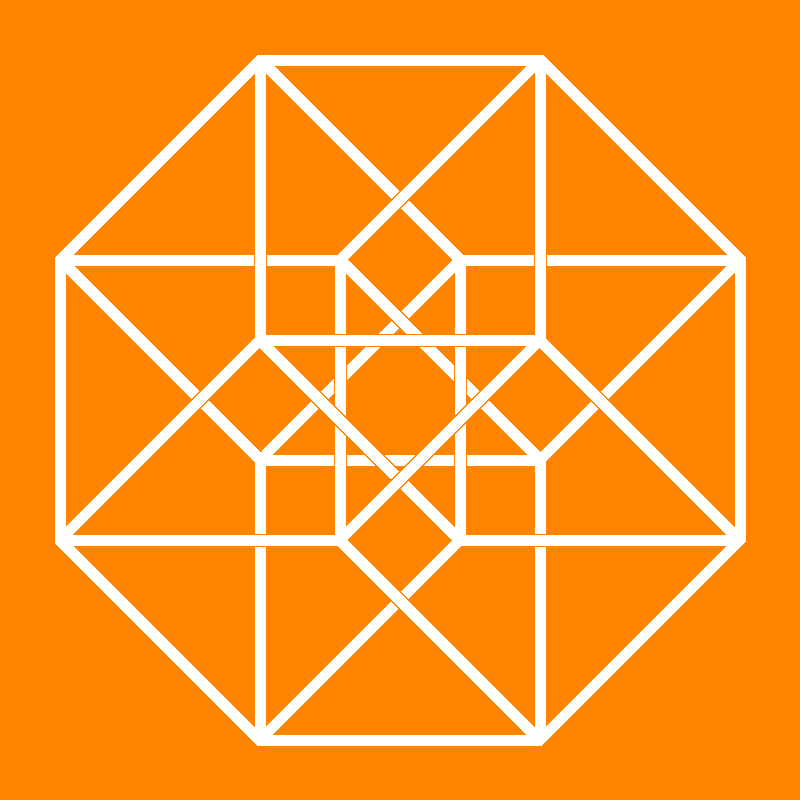
Journal for Geometry and Graphics 10 (2006), No. 2, 199--205
Copyright Heldermann Verlag 2006
Upside Down and Inside Out -- How to Systematically Generate Transformed Space in Images
Daniel Lordick
Institute for Geometry, Technical University, 01062 Dresden, Germany
daniel.lordick@tu-dresden.de
Various artists and architects show a special interest in issues related to projection. E.g., Borromini, El Lissitzky, M. C. Escher, Peter Eisenman, and Patrick Hughes have used and modified the regularities of linear perspective to match their intentions. Furthermore we will focus on paintings, that are actually in conflict with projection as taught in Descriptive Geometry. Consequently the topic is dealing with perception and optical illusion.
The dominant picture-creating method of today is photography. To keep up with the quality of photographs, rendering software is conventionally used to create correct images - correct with regard to only using the rules of central and parallel projection. We will extend the range of achievable representations by implementing other projective concepts into a common software package. By this way we want to get closer to some phenomena in art and architecture as mentioned above. In order to keep the balance between 'acceptable' and comprehensibility. We ask: 'Can the image or model be seen as a - more or less - strange representation of a familiar object or is it a strange object in itself?'
The different deformations applied are systematically based on linear and quadratic spatial transformations, for example relief perspective and inversion. Although even more chaotic mappings could be taken into account, this restriction to classical geometrical methods guarantees legibility as desired in this context. At any time the observer should be able to understand and reconstruct the represented space. Starting from a relief perspective we will invert the visibility on the viewing rays of a central projection. The result reminds us of some paintings of the Middle Ages.
Keywords: Geometry in arts, constructive geometry, computer aided design, relief perspective, inversion, inverted perspective, inverspective, CAM.
MSC: 51N05
[ Fulltext-pdf (680 KB)] for subscribers only.